![1-[3-[3-(4-Chlorophenyl)propoxy]propyl]-piperidinehydrochloride](/ProductImageEN/2024-04/Large/32697142-2e88-4882-a6c0-fff82567e86f.gif)
1-[3-[3-(4-Chlorophenyl)propoxy]propyl]-piperidinehydrochloride NEW
| Price | $10 | $6 | $3 |
| Package | 1KG | 100KG | 1000KG |
| Min. Order: | 1KG |
| Supply Ability: | g-kg-tons, free sample is available |
| Update Time: | 2024-04-27 |
Product Details
| Product Name: 1-[3-[3-(4-Chlorophenyl)propoxy]propyl]-piperidinehydrochloride | CAS No.: 903576-44-3 |
| Min. Order: 1KG | Purity: 99% |
| Supply Ability: g-kg-tons, free sample is available | Release date: 2024/04/27 |
| Lead time: In stock | Packaging: bottle/drum/bucket/IBC, as request. |
| Delivery: By sea, by air, by express | Origin: Manufacturer |
| Contact person: Jessica |
1. Product information
| Name | 1-[3-[3-(4-chlorophenyl)propoxy]propyl]piperidine,hydrochloride |
|---|---|
| Synonym | More Synonyms |
| Description | Pitolisant hydrochloride is a potent and selective nonimidazole inverse agonist at the recombinant human histamine H3 receptor (Ki=0.16 nM). |
|---|---|
| Related Catalog | Signaling Pathways >> GPCR/G Protein >> Histamine Receptor Signaling Pathways >> Immunology/Inflammation >> Histamine Receptor Research Areas >> Neurological Disease |
| Target | Ki: 0.16 nM (H3 receptor)[1] EC50: 1.5 nM (H3 receptor)[1] |
| In Vitro | On the stimulation of guanosine 5′-O-(3-[35S]thio)triphosphate binding to this receptor, Pitolisant (BF2.649) behaves as a competitive antagonist with a Ki value of 0.16 nM and as an inverse agonist with an EC50 value of 1.5 nM and an intrinsic activity ~50% higher than that of ciproxifan. Pitolisant displaces [125I]iodoproxyfan binding from mouse brain cortical membranes with an IC50 value of 26.4±4.5 nM. Taking into account the Kd value of the radioligand (161±9 pM), the deduced Ki value for Pitolisant is 14±1 nM. Pitolisant displaces [125I]iodoproxyfan binding from membranes of rat glioma C6 cells stably expressing the human H3 receptor with an IC50 value of 4.2±0.2 nM. Taking into account the Kd value of the radioligand (50±4 pM), the deduced Ki value for Pitolisant is 2.7±0.5 nM. Pitolisant progressively reverses this response with a Hill coefficient close to unity and an IC50 value of 330±68 nM, leading to a Ki value of 17±4 nM. Pitolisant elicits a dose-dependent decrease of the basal-specific [35S]GTPγS binding to membranes with a maximal effect corresponding to 75±1% of the basal-specific binding and an EC50 value of 1.5±0.1 nM[1]. |
| In Vivo | The administration of Pitolisantat a single dose of 10 mg/kg 30 min before a single dose of Olanzapine (2 mg/kg b.w.) also significantly affects immobility time in the FST. Subsequent administration of the aforementioned drug sequence in mice statistically significantly increases the duration of immobility in comparison to the time determined in the control group in the FST. It decreased locomotor activity as well. In contrast, the results obtained in subchronic treatment after fifteen administrations of both drugs (Pitolisant 10 mg/kg b.w., and after 30 min Olanzapine 2 mg/kg b.w., and again after 4 h Olanzapine 2 mg/kg b.w.) show that the administration of Pitolisant followed by that of Olanzapine equalized the locomotor activity in mice; in comparison to the level of motility in the control group, to which only Pitolisant is administered. More importantly, this combination of drugs significantly reduces immobility time to the level obtained in the control group in the forced swim test in mice [one-way ANOVA; F (3,20)=4.226,P=0.0181][2]. Rats given Pitolisant (10 mg/kg) during the conditioning phase stayed 502±94 s on the paired texture, a value not statistically different from that of controls, indicating that Pitolisant did not support place preference[3]. |
| Kinase Assay | [35S]GTPγS binding assays are performed. CHO-K1 cells stably expressing the human H3 receptor (~400 fmol/mg protein) are homogenized in ice-cold buffer (50 mM Tris/HCl, pH 7.4). Homogenates are centrifuged twice (20,000g for 10 min at 4°C), and the final pellet is resuspended in 50 volumes of buffer. Membranes (550 μg of protein) are pretreated with adenosine deaminase (1 U/mL) and incubated for 60 min at 25°C with 0.1 nM [35S]GTPγS and the drugs to be tested in a final volume of 1 mL of assay buffer (50 mM Tris/HCl, 50 mM NaCl, 5 mM MgCl2, 10 μM GDP, and 0.02% bovine serum albumin, pH 7.4). The nonspecific binding is determined using 10 μM nonradioactive GTPγS. Incubations are stopped by rapid filtration under vacuum through GF/B glass fiber filters. After washing with ice-cold water, the radioactivity trapped on filters is counted by liquid scintillation spectrometry. A similar assay is used to assess competitive antagonism. In brief, membranes (10 μg of protein) of HEK-293 cells stably expressing the human H3 receptor (~600 fmol/mg protein) are preincubated in presence of Pitolisant in the buffer (50 mM Tris/HCl, pH 7.4, 10 mM MgCl2, 100 mM NaCl, and 10 μM GDP) in a 96-well microplate under gentle agitation at room temperature (19-20°C) for 30 min before the addition of 0.1 nM [35S]GTPγS (final volume 200 μL). The nonspecific binding is determined using a 10 μM concentration of nonradioactive GTPγS. After 30 min, incubations performed in triplicate are stopped by rapid filtration under vacuum on a Multiscreen MAFCOB50 microplate. Radioactivity trapped on filters is counted by liquid scintillation spectrometry[1]. |
| Animal Admin | Mice[2] Adult female Albino Swiss mice weighing 20-22 g are used in the study. Olanzapine or Pitolisant are suspended in 1 % Tween 80. The compounds or vehicle are administered intraperitoneally (i.p.) 30 min prior to the acute experiment. In the Pitolisant+Olanzapine group, Pitolisant is administered 15 min before Olanzapine. Subchronic treatment is done at about 9:00 am (0.2 mL Tween to control group, Pitolisant-10 mg/kg b.w. to Pitolisant group, Olanzapine-2 mg/kg b.w. to Olanzapine group, Pitolisant-10 mg/kg b.w. and Olanzapine after 15 min-2 mg/kg b.w. to Pitolisant+Olanzapine group) and at about 1:00 pm (Olanzapine group and Pitolisant+Olanzapine group). Rats[3] Male Wistar rats (220-300 g) receive vehicle (methylcellulose 1%, p.o.), Pitolisant (10 mg/kg, p.o.) or D-amphetamine (2.5 mg/kg, i.p. in saline). Ninety minutes later, they are killed by decapitation and nucleus accumbens are dissected out, weighed, frozen in liquid nitrogen and stored at -80°C. Tissues are homogenized in 1 mL of a 0.4 N perchloric acid/2.7 mM EDTA solution. After centrifugation (8000 rpm, 20 min, 4°C), supernatants are analysed by HPLC coupled to electrochemical detection. Tissue concentrations of dopamine (DA), dihydroxyphenyl acetic acid (DOPAC) and homovanillic acid (HVA) are determined and the corresponding ratios (DOPAC/DA, HVA/DA) are calculated. |
| References | [1]. Ligneau X, et al. BF2.649 [1-{3-[3-(4-Chlorophenyl)propoxy]propyl}piperidine, hydrochloride], a nonimidazole inverse agonist/antagonist at the human histamine H3 receptor: Preclinical pharmacology. J Pharmacol Exp Ther. 2007 Jan;320(1):365-75. [2]. Dudek M, et al. H3 histamine receptor antagonist pitolisant reverses some subchronic disturbances induced by olanzapine in mice. Metab Brain Dis. 2016 Oct;31(5):1023-9. [3]. Uguen M, et al. Preclinical evaluation of the abuse potential of Pitolisant, a histamine H₃ receptor inverse agonist/antagonist compared with Modafinil. Br J Pharmacol. 2013 Jun;169(3):632-44. |
| Molecular Formula | C17H27Cl2NO |
|---|---|
| Molecular Weight | 332.308 |
| Exact Mass | 331.146973 |
| PSA | 12.47000 |
| LogP | 4.90510 |
| Storage condition | 2-8℃ |
2. Packaging
For powders: normal is 25kgs/Drum or bag, or larger/smaller package as request.
For liquids: normal 25kgs/drum, 180-300kgs/bucket, or IBC, determined by the nature of the product.
Or smaller package 1kg/bottle, 10kgs/bottle as request.
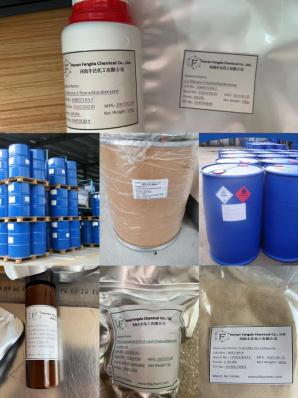
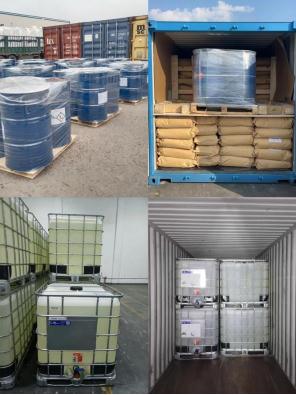
3. Shipping
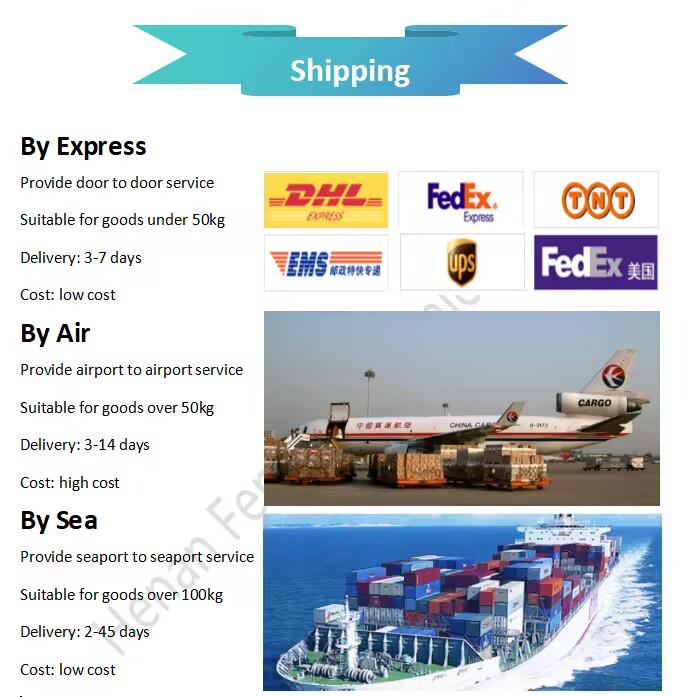
4. Contact information
For more details, pls contact us freely.
Mob: 86 17630971917
WhatsApp/Skype/Wechat/LINE: 86 17630971917
Company Profile Introduction
You may like
Recommended supplier
| Product name | Price | Suppliers | Update time | |
|---|---|---|---|---|
| $0.00/1kg |
VIP1Y
|
Wuhan Circle Star Chem-medical Technology Co.,Ltd
|
2025-01-10 | |
| $43.00/5mg |
VIP5Y
|
TargetMol Chemicals Inc.
|
2024-11-19 | |
| $10.00/1g |
Wuhan Topule Biopharmaceutical Co., Ltd
|
2023-06-13 | ||
| $2.00/1kg |
VIP7Y
|
Career Henan Chemical Co
|
2018-12-24 |


![1-[3-[3-(4-Chlorophenyl)propoxy]propyl]-piperidinehydrochloride](/ProductImageEN/2024-04/Small/32697142-2e88-4882-a6c0-fff82567e86f.gif)

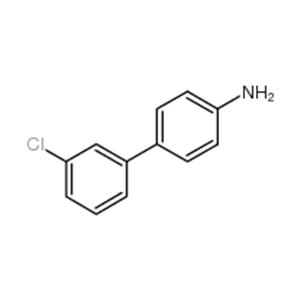
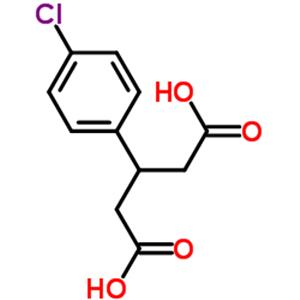

 China
China